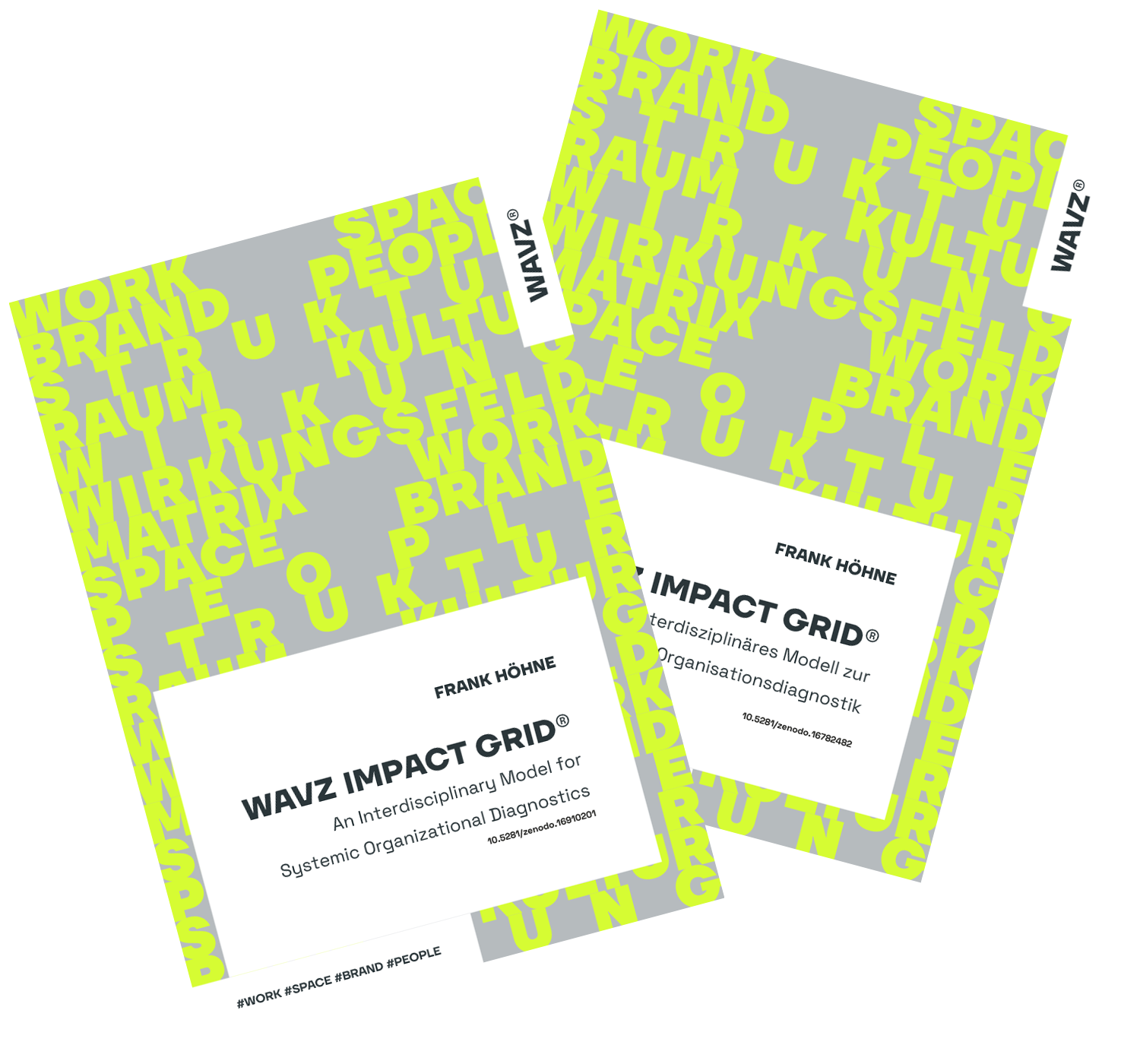SPACE - Spaces & Collaboration
We developed our own working environments with our coworking spaces - long before "new work" was a buzzword. Today, we are not interested in beautiful offices, but in the question: Do spaces really promote collaboration, culture and impact - or do they get in the way?
We know from our own experience that rooms are never just a backdrop. They are players. Ten years of coworking, countless discussions about open spaces, retreats, acoustics, hybrid technology - it wasn't theory, it was practice. And there was always friction. What was inspiring for some, others saw as an imposition. This is precisely the core of SPACE: making visible where spaces enable collaboration - and where they block it.
Many organizations invest in chic architecture. But the reality is often different: Creative zones remain empty because processes are still geared towards mandatory presence. New office spaces look modern, but nobody knows how to use them. Home office rules clash with technology that doesn't work. Spaces always tell a story - but it often doesn't fit in with the culture or aspirations of the organization.
The WAVZ Impact Grid® makes these fractures visible. Because SPACE is never isolated. It is connected to WORK, BRAND and PEOPLE. When the organization preaches personal responsibility, but all workplaces look the same as in a government agency. When a brand promises modernity, but the first impression in the office smells like a file cabinet. When management calls for cultural change, but the offices keep everything the same. Only when these tensions are exposed can they be resolved.
We do not use spaces decoratively, but systemically. They have to support the work organization, make the brand credible, visibly live the culture. This creates places that release energy instead of blocking it. Places that promote collaboration instead of preventing it.
WAVZ Impact Grid®
The complete derivation, the 16 impact areas and the evaluation logic can be found in the white paper:

